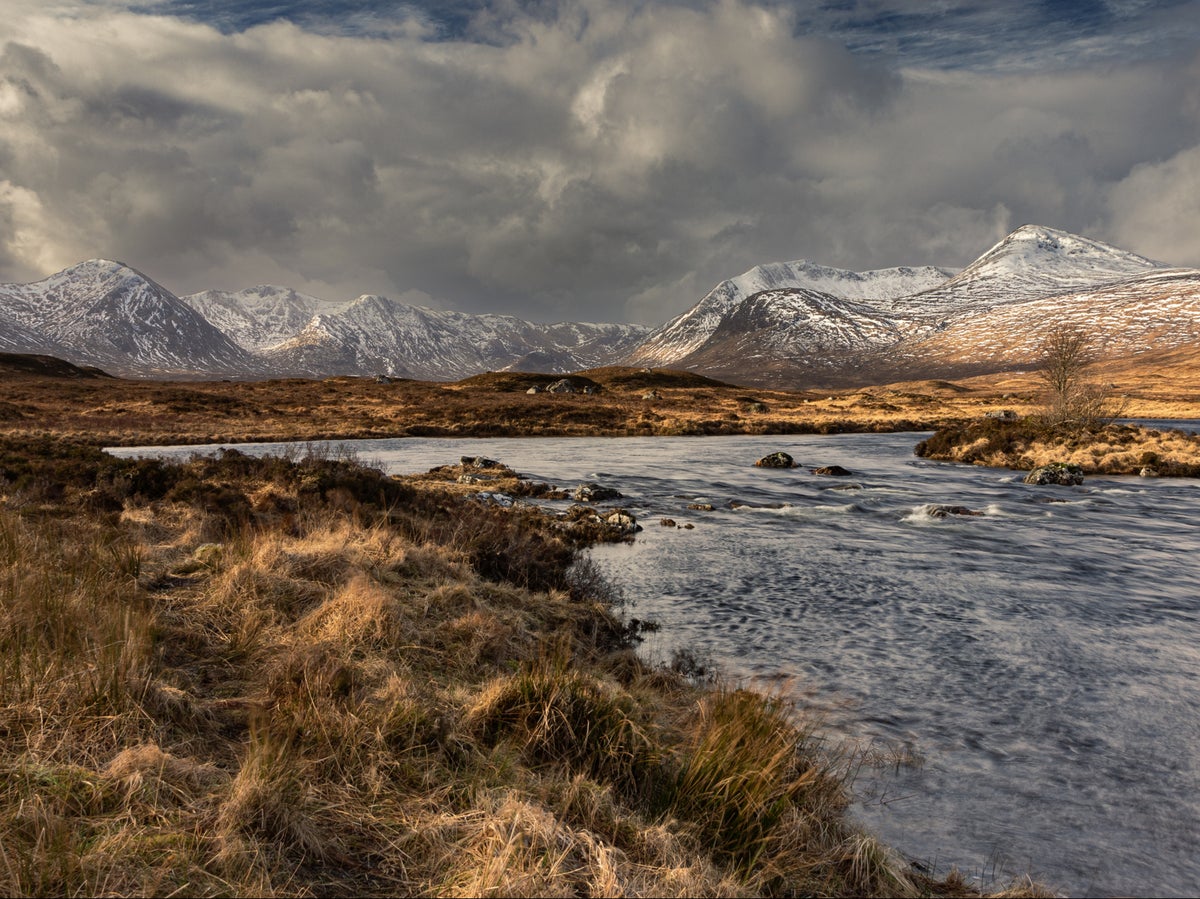
Walk through its heathery glens and onto moorlands that are snow-covered. Climb through stairways of scree onto summits that showcase intricate splendour. Take to the shimmering waters of sea lochs, then cruise the horizon to whaleback islands and cetacean-circled archipelagos that uphold cultures and histories of their own. Retreat back into the cities, where contemporary art, architecture, design, music and cuisine forge ahead.
Half-close your eyes and it doesn’t take much to think of Scotland. It’s inexplicably rich with history and wild geography, folklore and modern swagger. And whether you come for sparkling city life in Edinburgh, Glasgow, Dundee or Aberdeen, or are motivated by outdoor pursuits or something calmer from gateway capitals Inverness, Fort William, Oban and St Andrews, it’s always one of the world’s most rewarding destinations.
Read our reviews of the best luxury hotels in Scotland
Current travel restrictions and entry requirements
All travel restrictions to Scotland ended on Friday 18 March 2022. No proof of vaccination, recovery or testing is required for entry, and the country has scrapped all mask-wearing and social distancing requirements.
Best time to go
Scotland’s carousel of weather is like a misbehaving drunk, changing character and mood at whim, meaning the four-seasons-in-one-day cliche is truly tried and tested here. So the short answer is pack a waterproof, sturdy shoes and sunglasses, and you’ll fit right in whatever the forecast.
But that’s not to say Scotland doesn’t dazzle in other ways. In January, Glasgow hosts Celtic Connections, the largest winter music festival in Europe, while Burns Night on 25 January and Up Helly Aa, Shetland’s Viking fire festival, continue the festive hangover through until March. May is Whisky Month, when Scotland and Speyside, in particular, turn into one long dramathon, before summer brings hordes of midges and tourists. Mainly they swarm in for the Edinburgh Festival Fringe, the world’s largest arts gathering, and Highland Games season; the most regal of the events takes place in September in Braemar next to Balmoral Castle.
Read more on Scotland travel:
Autumn brings with it October’s annual Royal National Mod, the country’s largest Gaelic cultural event, then it’s onwards to Hogmanay – or New Year’s Eve – which traditionally has been more important to Scots than Christmas.
Top regions and cities
Edinburgh
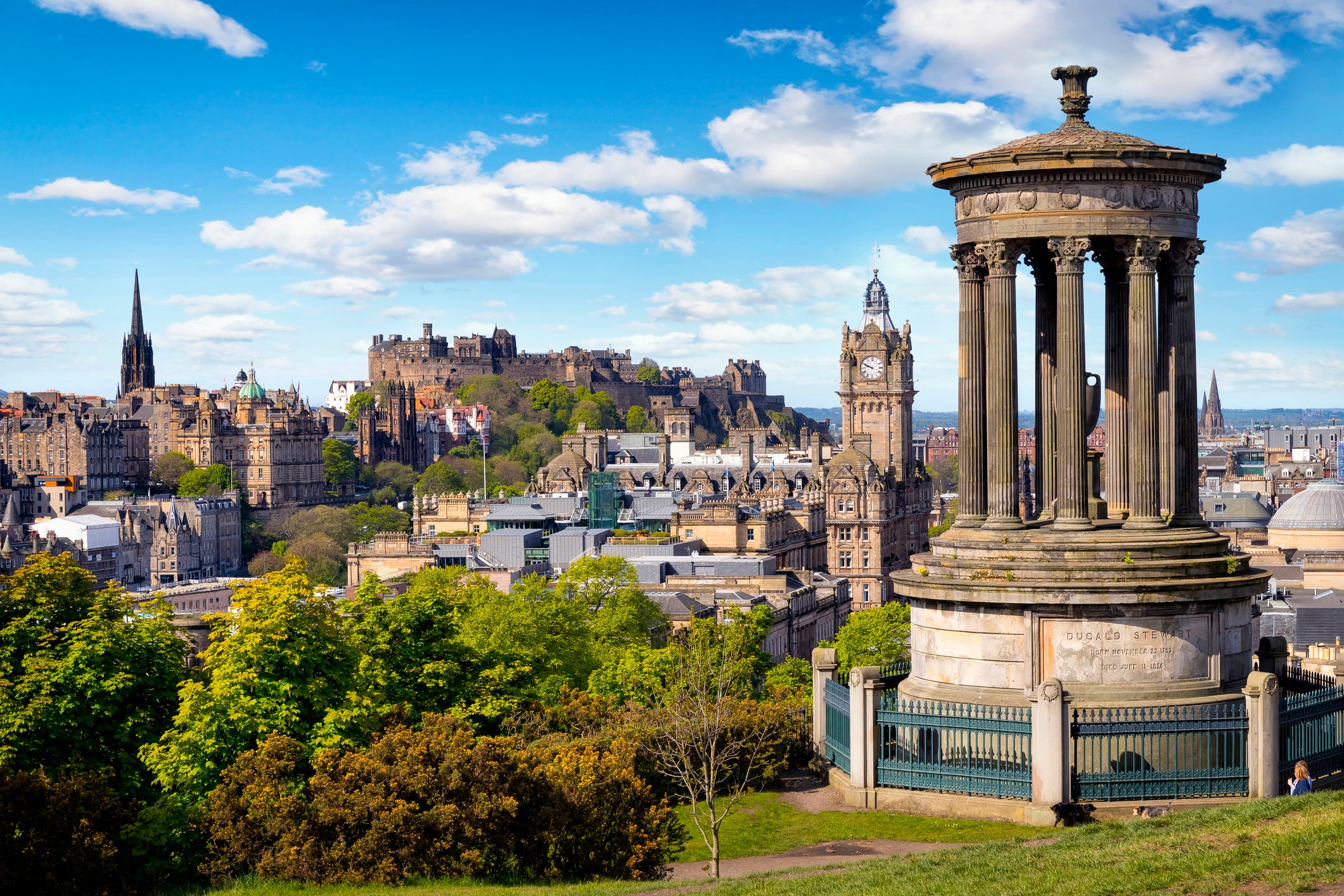
The Scottish capital is layered with rock that reveals its history: ancient volcano Arthur’s Seat dominates the skyline, Edinburgh Castle sits atop a 350 million-year-old volcanic plug, and the cobblestoned Old Town, from medieval Castlehill to the Canongate, overlays a warren of secret 17th-century alleys. In other words, this is a time-riddled burgh with grandstanding geology and a layout that could easily have been the work of a mad king.
While wonky tollbooths and rib-vaulted cathedrals loom, the city vibes with culture and culinary arts, from the National Galleries of Scotland to its standout museums (National Museum of Scotland, Writer’s Museum, Dynamic Earth) and swanky restaurants (The Kitchin, Aizle, Fhior, The Lookout by Gardener’s Cottage, The Little Chartroom). Whisper it, but nowhere in Scotland beats it.
Read more: How to spend a day in Calton Hill, Edinburgh’s new culture hub
Glasgow
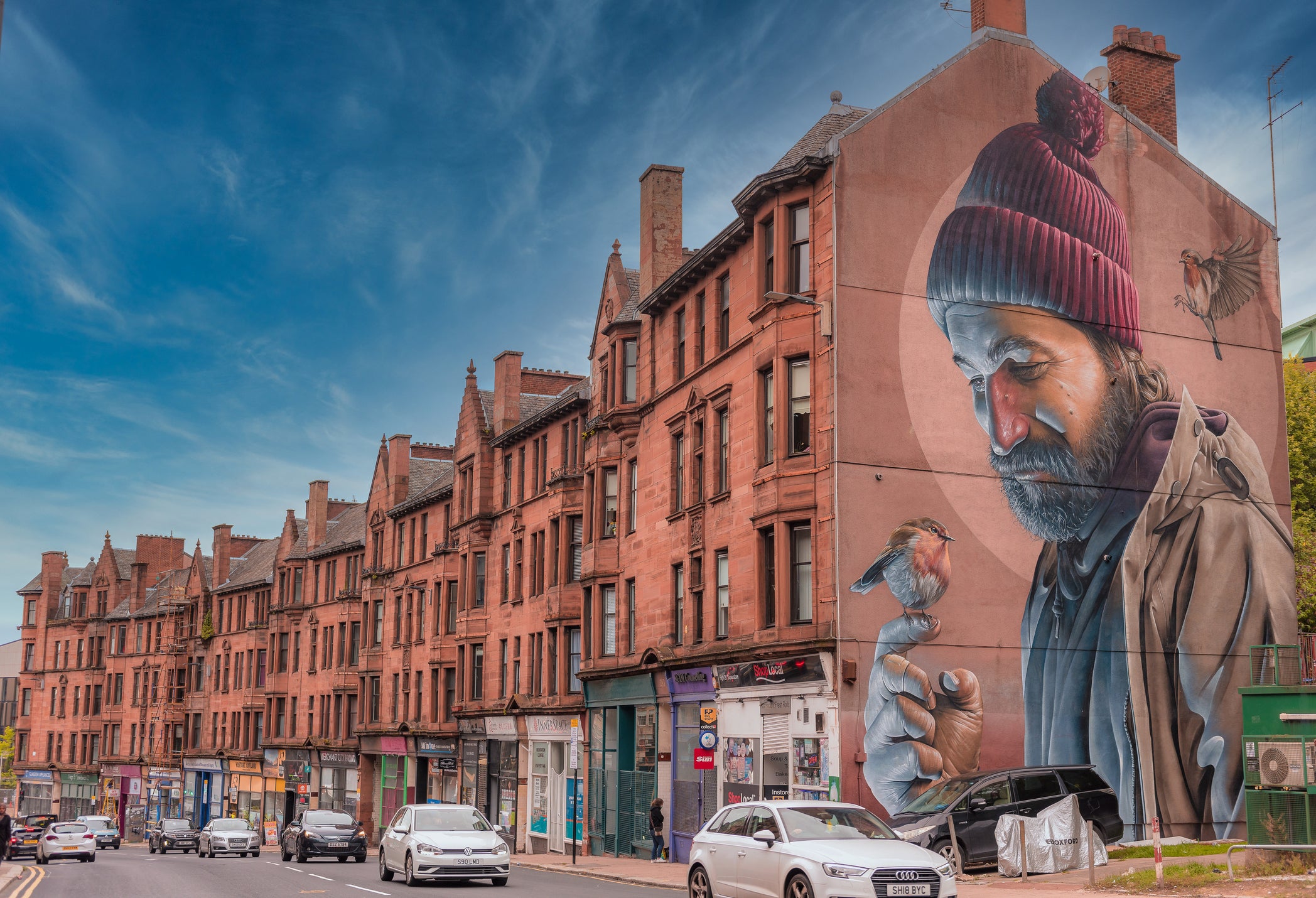
The reputation of Scotland’s largest city hasn’t always been pure, but it’s now the place to find a weirdly comforting mix of Gothic-meets-Gotham architecture, working-class and well-heeled neighbourhoods, and a scrum of scuzzy pubs, music venues and riverside parks.
Once a big smoke of industrial shipbuilding, the city of St Mungo is best explored by ditching the compact centre for the sights and suburbs that spread east and west. Beyond the excellent restaurants and bars of the Merchant City, Glasgow Cathedral and the Necropolis present the city at its most dignified, while the scrappy Barras Market and the punky Barrowland Ballroom music venue shouldn’t be missed.
About turn to the West End to discover the Hogwarts fantasy of the University of Glasgow and nearby Kelvingrove Art Gallery and Museum – here you’ll find sublime work by Glasgow’s design hero Charles Rennie Mackintosh. Then, it’s on to Finnieston, the city’s gentrified hub of seafood brasseries and trendy bars, or south to Shawlands, the city’s next on-the-up neigbourhood.
Read more: How to spend a day in Glasgow’s southside, the city’s foodie hotspot
West Highlands
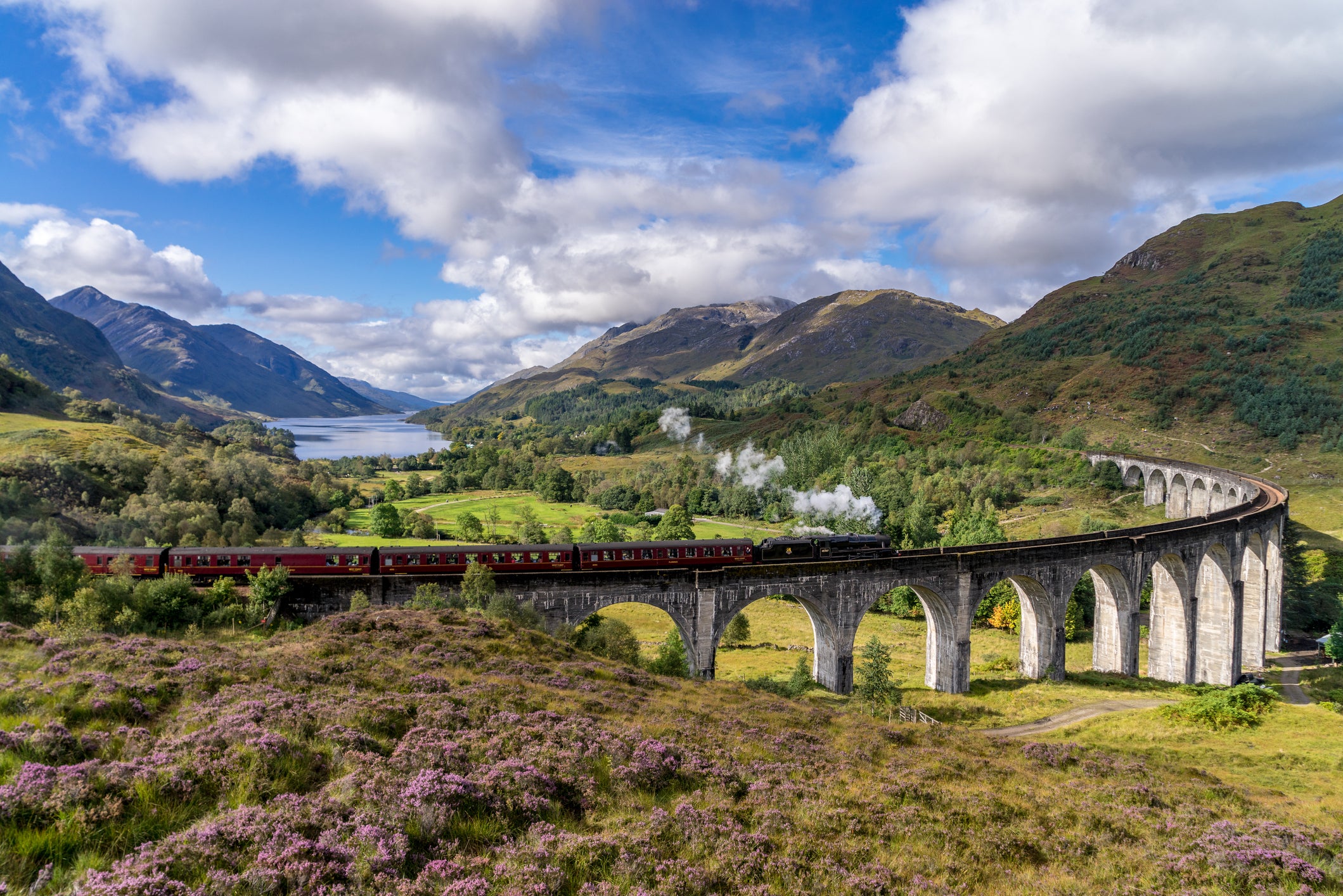
From Glen Coe to the Great Glen, and bookended by two of Scotland’s finest mountains – Buachaille Etive Mor and Ben Nevis – this region is crammed with many of the country’s must-see destinations. Landscape lovers swarm across Rannoch Moor to Glen Coe to see lonely mountains, lost valleys, and single-track roads driven by James Bond, and there is as much off-road adventure here (hiking, biking, wild camping, swimming) as anyone can handle. Further north, the road curves through Lochaber to Fort William – the self-branded “Outdoor Capital of the UK” – where mountain biking thrills and winter sports on Aonach Mor at the Nevis Range come thick and fast.
The hotels and restaurants begin to vanish across Loch Linnhe on the Ardnamurchan and Morvern peninsulas, from where the Inner Hebridean islands of Mull, Iona and Staffa are a short skim away. Then, on the Road to the Isles towards Arisaig, Mallaig and the Small Isles, all travellers should stop at Glenfinnan – where Bonnie Prince Charlie raised his royal standard to instigate the Jacobite rebellion in 1745. More famously today, Harry Potter and his fellow wizards rode the Hogwarts Express over the nearby Glenfinnan Viaduct railway bridge.
Best Scottish Highlands hotels
The Cairngorms
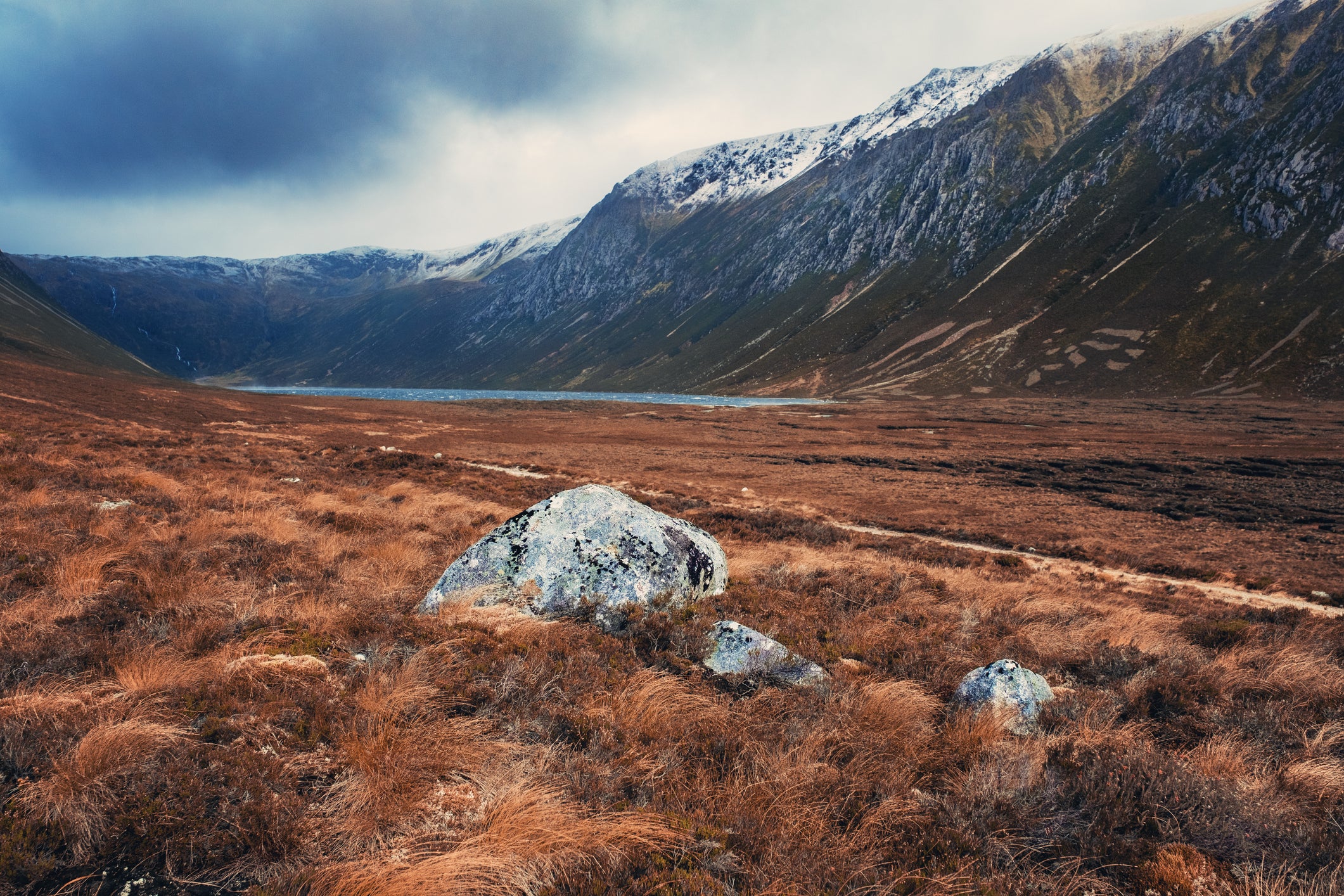
The largest national park in Britain, the Cairngorms, together with its surrounding towns, offers up the Highland fantasy that so many fevered-looking visitors chase, with heathery hilltops, salmon-stocked rivers, country house estates, smoke-stained distilleries, and the best wildlife-watching possibilities in Scotland.
In a normal winter there are sports galore on Cairngorm Mountain, while spring and summer are for a Highland safari to spot osprey, capercaillie, black grouse, red squirrel and reindeer – in fact, the mountainscape is home to Cairngorms Connect, the largest rewilding project in the country. The main portals to mark on your Google Map are Aviemore and Braemar, each of which has a great selection of hotels, restaurants, and stock-in-trade knitwear boutiques; for something quieter, consider Tomintoul and Glenlivet, Nethy Bridge, or Ballater.
Isle of Skye
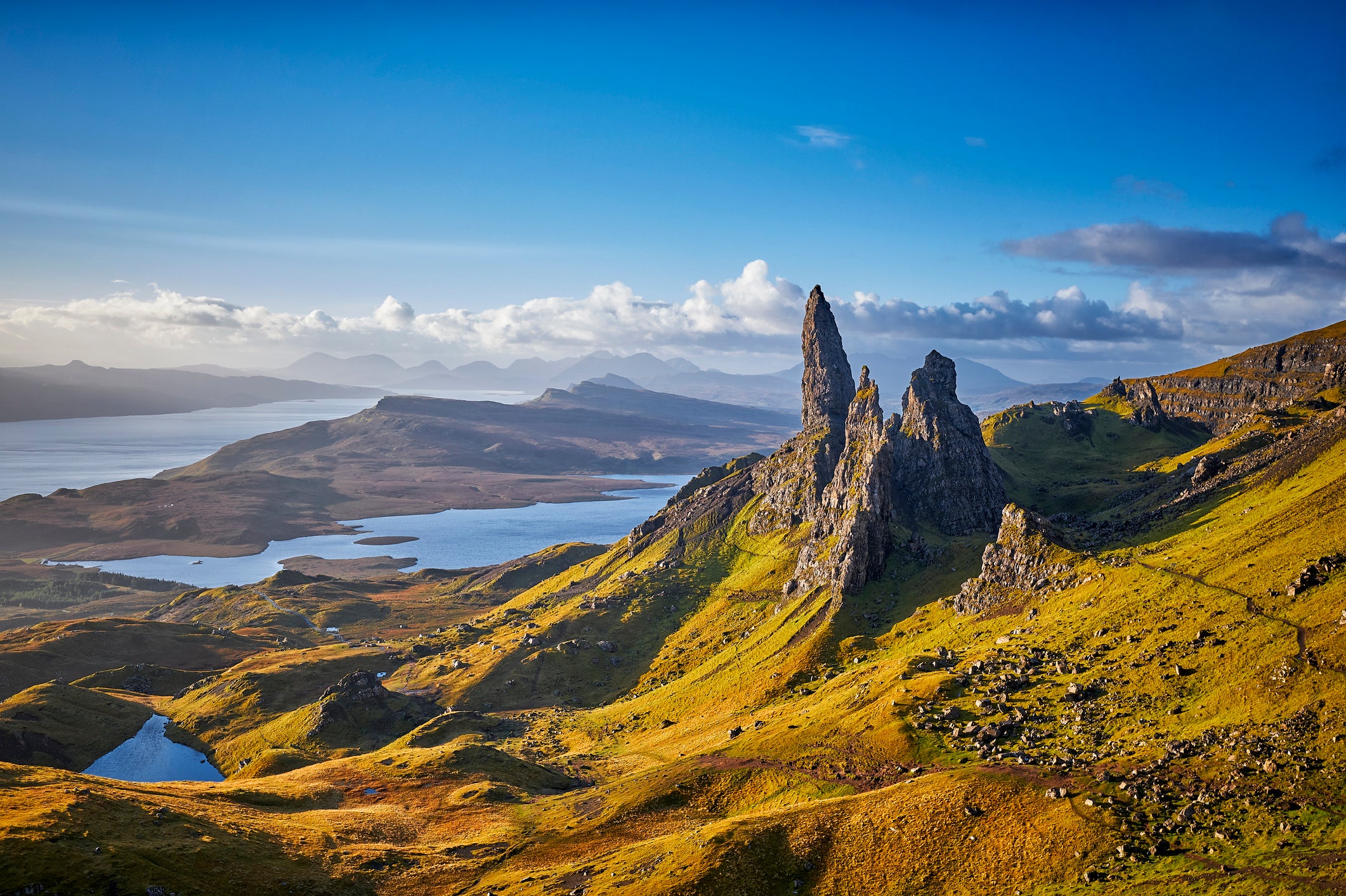
To roll back the decades to a simpler time, venture northwest to this justifiably popular island of whitewashed crofts, wild moorland, granitic mountains, sea lochs and shell beaches. Skye is as handsome and voluptuously serene as a Scottish island can be, with memorable hiking, biking and water sports on tap, and pier-to-plate cuisine as good as anywhere in Britain. Scramble up the Black or Red Cuillin, the most thrilling mountain traverses in the country. Stalk red stags with your camera, or seek out Jurassic-era dinosaur fossils on the ragged Trotternish peninsula. Then, down a dram at one of two single malt whisky distilleries, or grin indulgently when cleaning your plate at trendsetters The Three Chimneys, Edinbane Lodge, or Kinloch Lodge.
Best hotels on the Isle of Skye
Best under-the-radar destinations
Borders abbey towns
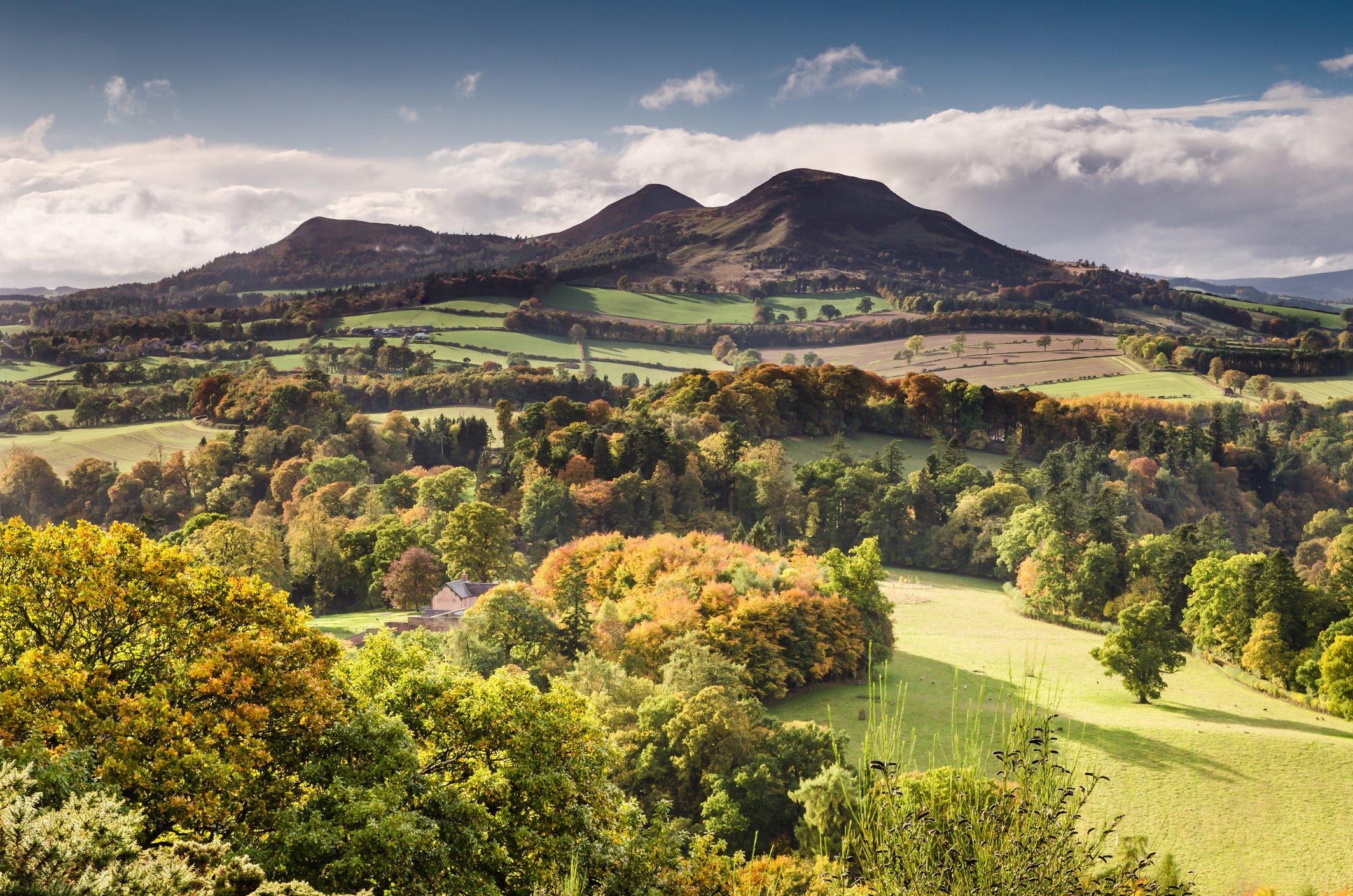
Anyone looking to experience the lesser-seen side of Scotland will already know about the Borders honeypots of Melrose, Kelso, Hawick and Jedburgh. Almost unnoticed by so many who rush north, these lovely market towns brim with spectacular ruined abbeys and historic country houses – two highlights are grandstanding Floors Castle, the largest inhabited castle in Scotland, and Abbotsford House, the former kingdom of Rob Roy author Sir Walter Scott. The same area is also home to the River Tweed – a catch-and-release salmon-fishing Shangri La – and Glentress and Innerleithen, two world-class downhill mountain biking centres.
Kintyre
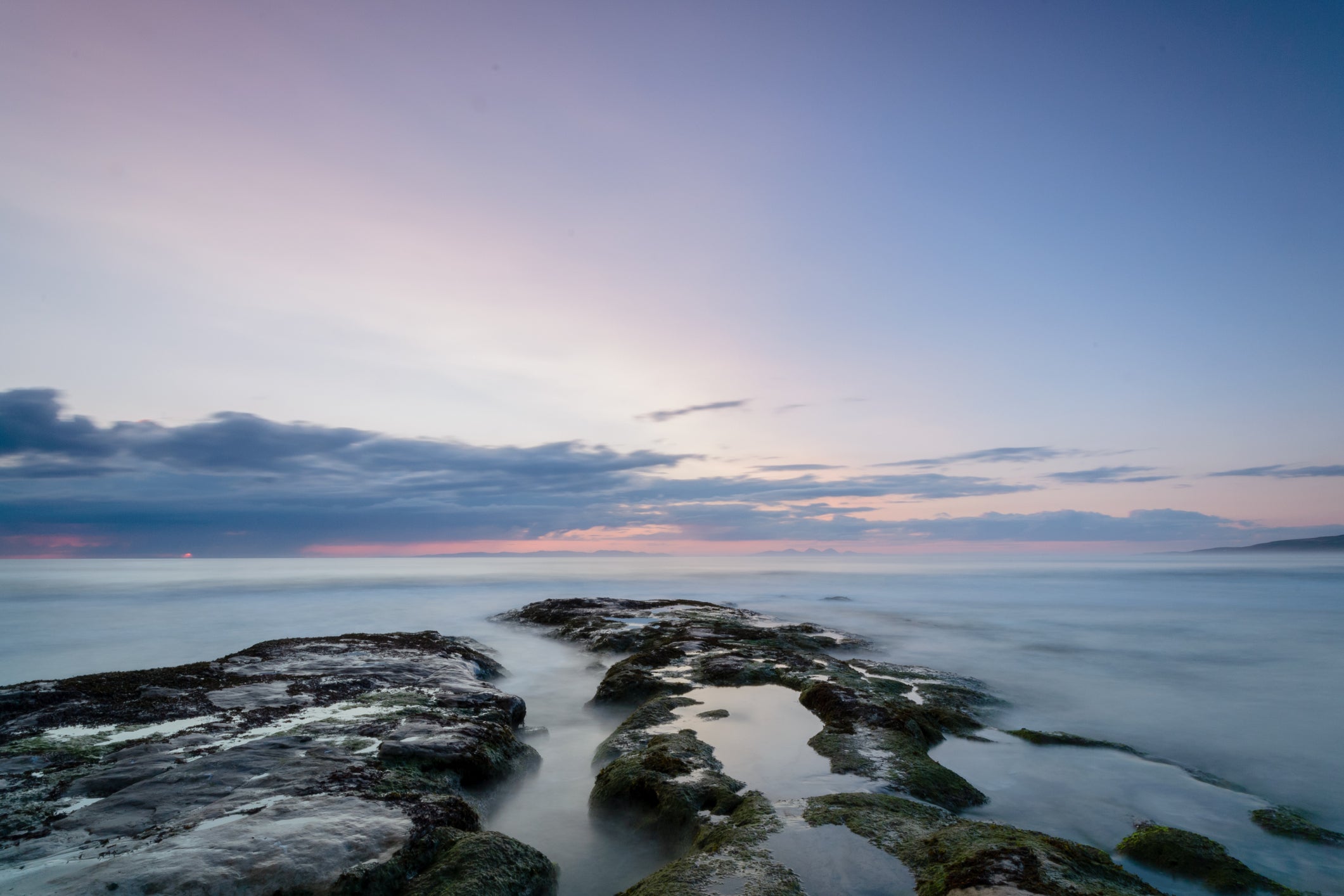
After the sculpted roadside drama of Loch Fyne and Inverary, Kintyre rarely catches the curiosity of travellers. At times known as Scotland’s longest cul-de-sac, the peninsula has a frontier, almost-forgotten feel, but it bursts with newfangled surprises and is ringed by seascapes and shimmering sands that are as evocative as they are energising. Highlights abound, including Campbeltown, for the Glen Scotia distillery and Kintyre Smokehouse; Saddell Bay, for Isle of Arran views and an incongruous Antony Gormley sculpture; Machrihanish, for golf and surfing beaches; and Torrisdale, for the ace Beinn an Tuirc gin school. For a while, Paul McCartney lived in Kintyre on a farm – and he certainly knows a thing or two about its mist rolling in from the sea.
Torridon
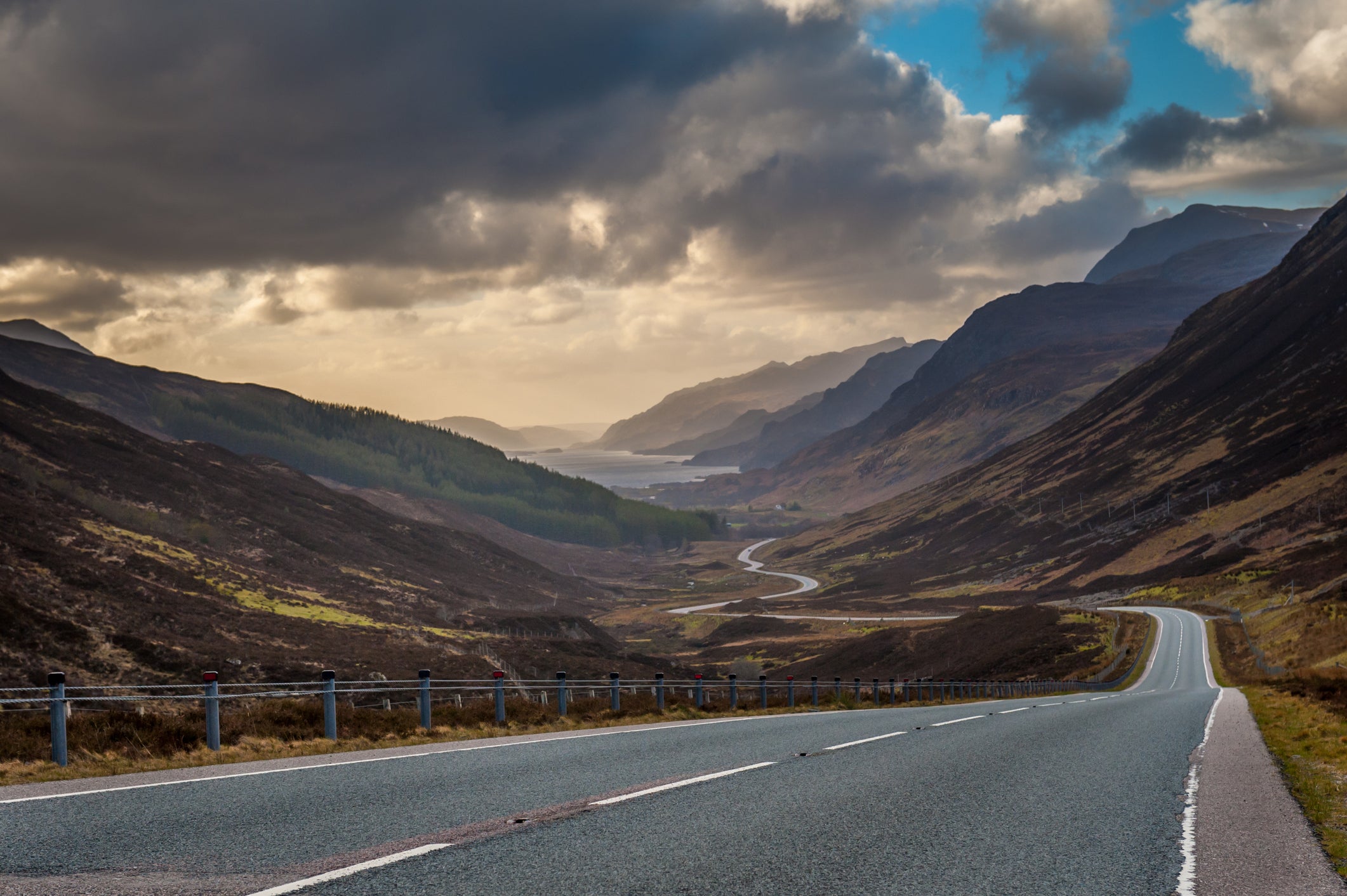
When the weather is dreadful, with its bold mountains lost deep behind a sheen of thick mist, Torridon can be puzzling. But when the skies are clear, it delivers on its promise as one of the most beautiful glens in Britain. This freak of geology has a sea loch, majestic peaks of Torridonian sandstone, and a witch’s hat hotel – The Torridon – making it the envy of other glens. The Beinn Eighe and Loch Maree Islands National Nature Reserve is for all-out adventuring, otherwise the stirring apprehension of red deer spotting on the hillsides is the Highland heart-filler you’re after. Sure, Torridon’s on the insanely popular North Coast 500, but most road-trippers race right through.
Best things to do
Drink whisky
Fresh water, of which Scotland has more than its fair share, is the source of this miracle, and there are nearly 150 distilleries across six distinct regions to discover, many of which offer tours, tastings, and – the travel jackpot – accommodation. The Lowland distilleries of southern Scotland are the new-fashioned upstarts, which makes tours of Annandale Distillery and Bladnoch Distillery in Dumfries and Galloway, The Borders Distillery in Hawick, and Glenkinchie in East Lothian unrecognisable to most Scots. For history as deep Loch Ness, the country’s most storied whisky houses cluster in Speyside, the Northern Highlands, and, for peaty, almost medicinal drams, on the Isle of Islay. In the case of The Glenturret in Perthshire, you’ll discover the oldest continuously operating distillery in the country.
Bag a Munro
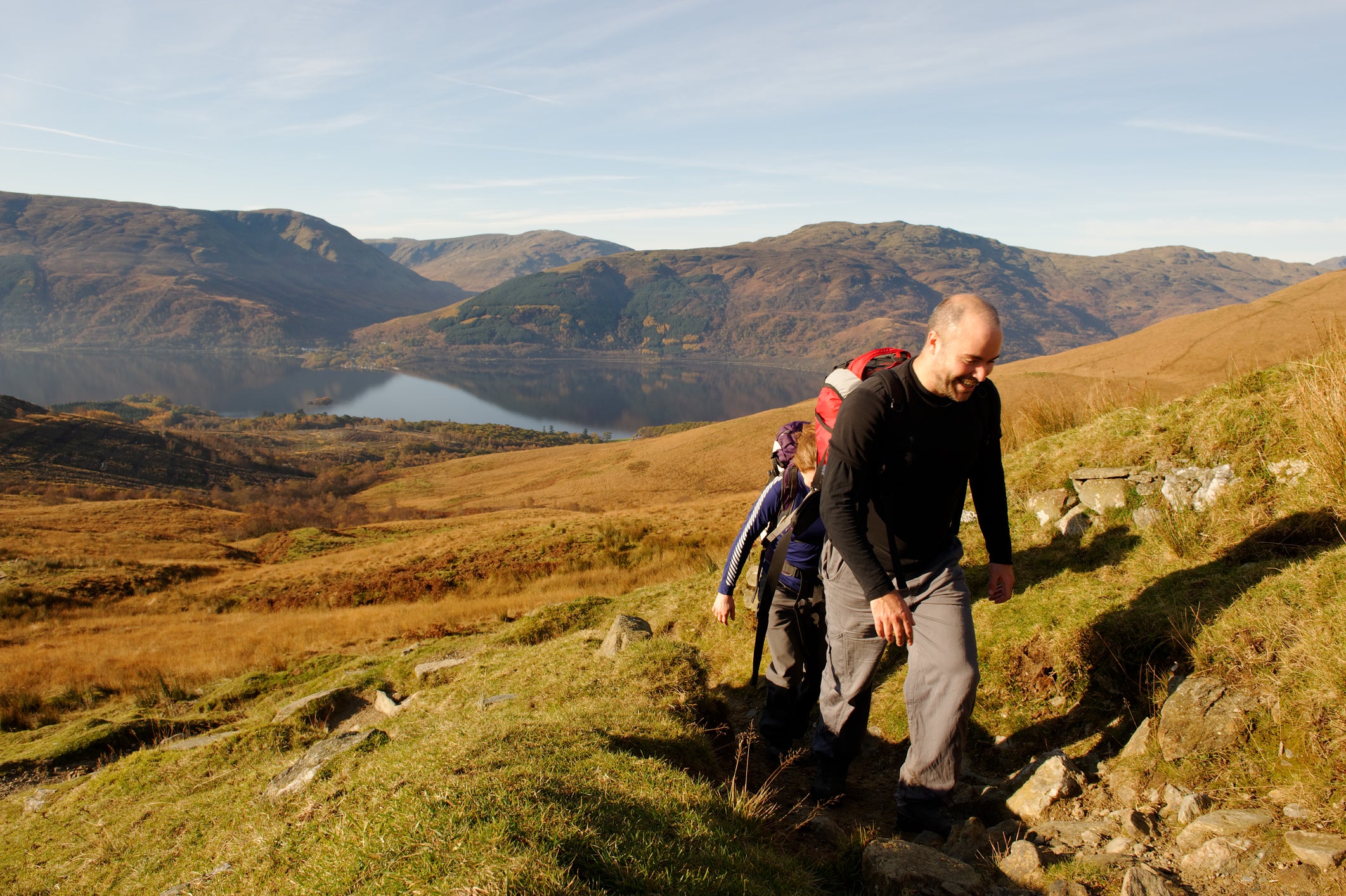
To find Scotland at peace with itself, shoulder a daypack and head into the hills. The Munros are rugged, often isolated mountains that are higher than 3,000ft and, as there’s a long-list of some 282, ticking them off is a lifetime’s pursuit for many Scots. It’s almost a religion, in fact, with many prized for panoramic views of sea lochs, rugged coires, and their ability to transport the hiker from moorland to dragon-scale ridge to sub-Arctic kingdom in a single day. For unadulterated drama, opt for those on Skye or in boat-accessible Knoydart, or for easier outings, consider Ben Lomond in the Loch Lomond & the Trossachs National Park, cone-shaped Schiehallion near Aberfeldy, or Ben Lawers, north of Loch Tay.
Island-hop
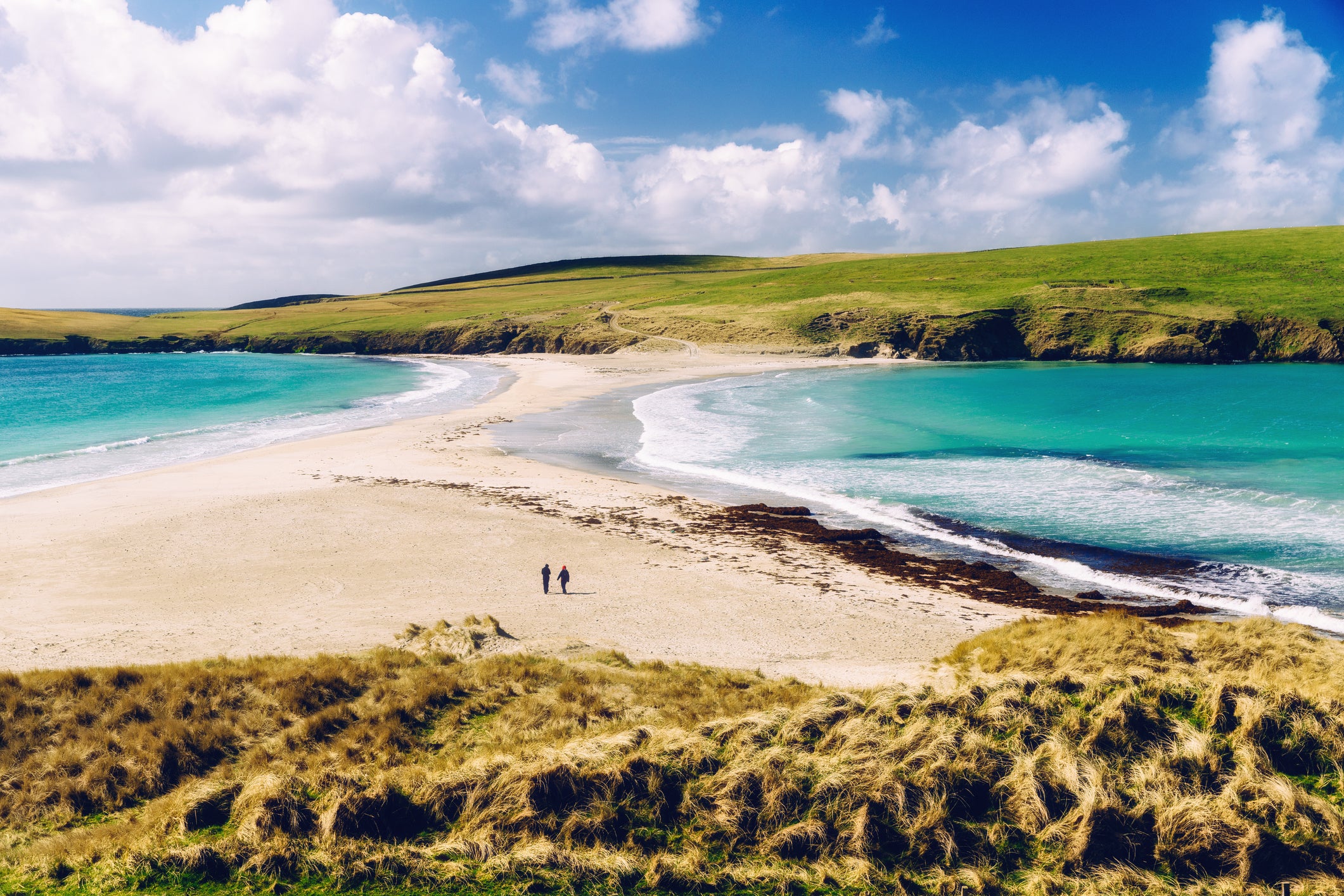
Unfold a map of Scotland and you’ll find more than 900 islands, of which only 94 are inhabited. And while most visitors make do with the easiest to get to – namely Arran, Mull and Skye – those further afield are arguably more rewarding.
Certainly, it’s hard to imagine anywhere on Earth with more archaeological treasures than Orkney, and hardly a day goes by without a tomb, cairn, or neolithic artefact being unearthed from its soil; for the time being, Skara Brae, the Ring of Brodgar and St Magnus Cathedral are magnificent storehouses of Orcadian history. Likewise, Shetland should be on everyone’s itinerary, and its tombola beaches, chess-piece lighthouse, and Norse-era settlement Jarlshof are right out of an artist’s sketchbook.
To the west, the Outer Hebrides is almost custom-designed for a one-way road trip or bike odyssey from Lewis to Barra at the chain’s southern tip, while there is as much of a sea change closer to the mainland coast, from community-run Eigg to the International Dark Sky island of Coll. The only bad thing is that there are so many to choose from and, unless you have months on end, the likes of Raasay, Rum, Tiree, Colonsay, Jura, Gigha and Bute will have to wait for next time.
Love Island: Introducing the Tinder-style app that matches you to your perfect Scottish escape
Getting around
Even in the age of sustainability and green travel, Scotland is still a country that it makes sense to drive around. Outside the main cities and towns, many of the most interesting sights are off the country’s rigid train and bus network, and to stick with public transport limits your options and tests your patience. Partly as a result of the country’s jigsaw-piece geography, getting around is a time-consuming affair.
To get to the west coast islands, CalMac, the country’s main ferry operator, offers good-value island-hopping passes, while NorthLink Ferries connects Orkney and Shetland to Aberdeen and Scrabster. Better than all that, though, is to come by bike or boot and tackle one of the country’s myriad biking or hiking trails at a much slower pace.
How to get there
Train is the most convenient way to get to Scotland from elsewhere in Britain, while budget flights from the likes of easyJet, Ryanair and Jet2 regularly fly into Edinburgh, Glasgow, Inverness and Aberdeen.
Money-saving tip
Museums and art galleries are gloriously free throughout the country, and many of the unmissable sights – the glens, lochs and mountains, for instance – come at no cost. Scotland also has some of the clearest, cleanest water on Earth. Help the planet and bring a refillable bottle.
FAQs
What’s the weather like?
Expect warm, balmy days from May to September, and cold, often wet and wild weather during the rest of the year. Some years, the country gets blanketed by snow, but this generally only peaks in January and February. In summer, temperatures seldom nudge over 30C, so layered clothing is always a prerequisite, even in June, July and August.
What time zone is it in?
GMT.
What currency do I need?
Pound sterling (£).
What language is spoken?
English. Venture northwest to the Highlands and Islands and you’ll begin to see, feel and hear Gaelic. Scotland’s native language is spoken by around 60,000 people, predominantly in the Gaelic heartlands of the Outer Hebrides and the Isle of Skye. In the northeast of Scotland around Aberdeenshire, Scots and Scots dialect Doric is widely spoken.







